
Tim Ozkurt
Despite the increased awareness of recycling in the developed world in recent years, with many of us now actively doing it, you might be surprised to know how much of our waste is actually being recycled.
How much of our waste is recycled?
It’s fair to say that the world’s largest economies should be doing their bit when it comes to recycling, although in 2017 the US generated a staggering 267.8 million tonnes of municipal solids waste and reported recycling only 35% of it. In the same year, the UK produced 26.8 million tonnes with a recycling rate of 45%. The biggest recycler in the EU was Germany at 56%.
In terms of materials, in the US paper and paperboard boast higher rates with 66% recycled along with 27% of glass and a mere 8% of plastic. Unfortunately, the plastic problem spans EU countries as well with most countries recycling between 20-40% of their plastics.
On a worldwide scale, as of 2015, approximately 6300 metric tonnes of plastic waste had been generated, with about 9% being recycled, 12% incinerated, and 79% accumulating in landfills or the natural environment. The natural environment includes our waterways, and scientists have quoted approximately 8 million metrics of plastic enter the oceans each year.
Governments and industries are trying to get to grips with the colossal waste management issues we face by developing circular economies to eliminate waste and designing more environmentally friendly packaging. However, in the meantime, there is more we can be doing as consumers to avoid adding to the pile of rubbish and problems.
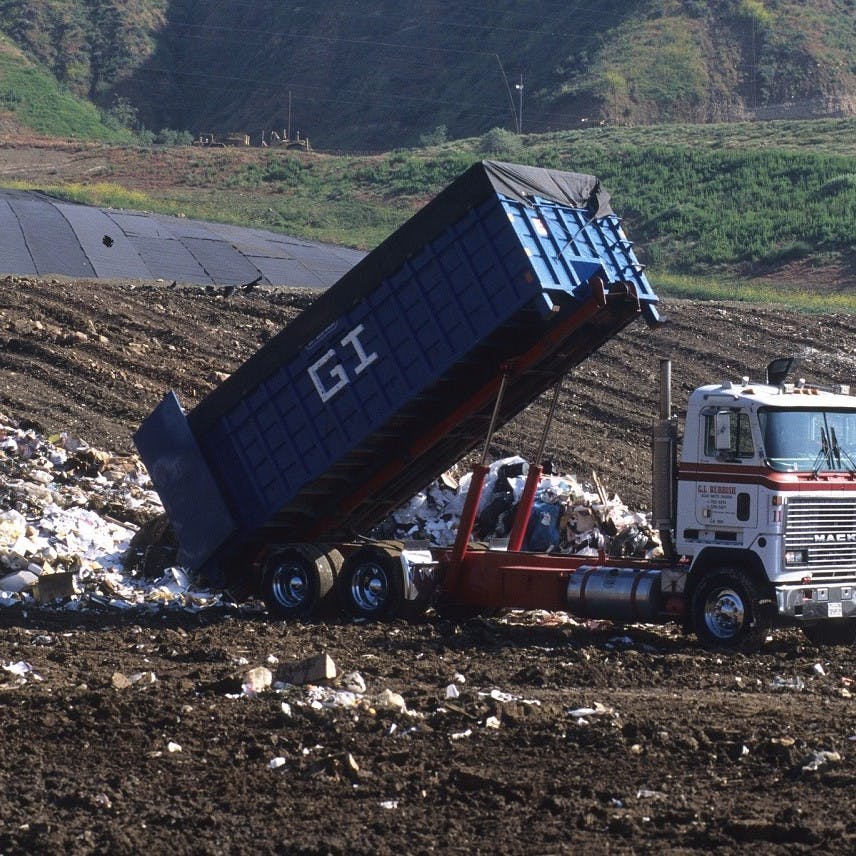
Recycling symbols & what they mean
Recycling symbols that appear on packaging are designed to inform but can often complicate the matter, meaning our waste has been ending up in the wrong place or even putting people off recycling altogether. According to WRAP up to 80% of potentially recyclable rubbish goes to landfills in the UK.
With this in mind, let’s delve into recycling symbols and what they mean with the aim of decoding these images and distinguishing between those which give you the green light to recycle and those that don’t.
The Mobius Loop
The first image that most likely springs to mind with recycling is the Mobius Loop and it is safe to say that items with this symbol are recyclable. However, before you go ahead and toss your Mobuis Loop trash into the recycling bin be aware this symbol doesn’t guarantee the item will be accepted by your local authority, only that the material can be recycled. You will need to keep scanning the product’s packaging or contact your local authority to be certain.
If a percentage appears in the middle of the symbol, this indicates how much of the item is made from recycled materials.

The Green Dot
This could be one of the main reasons why consumers would need to find out about recycling symbols and what they mean. This widely used symbol can be misleading because it doesn’t necessarily mean you can recycle the item or if it’s made from recycled materials. What it does mean is the producer of the packaging has financially contributed to a national packaging recovery company. A good indicator for a conscious consumer, but the onus is still on you to find out more on recyclability.
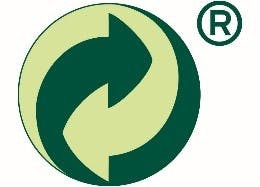
Glass
This symbol is a reminder to recycle in the glass container. Check if you must separate by colours. Glass produced from recycled glass reduces related air pollution by 20% and related water pollution by 50%.
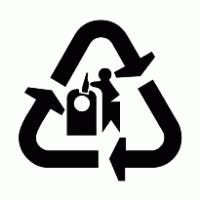
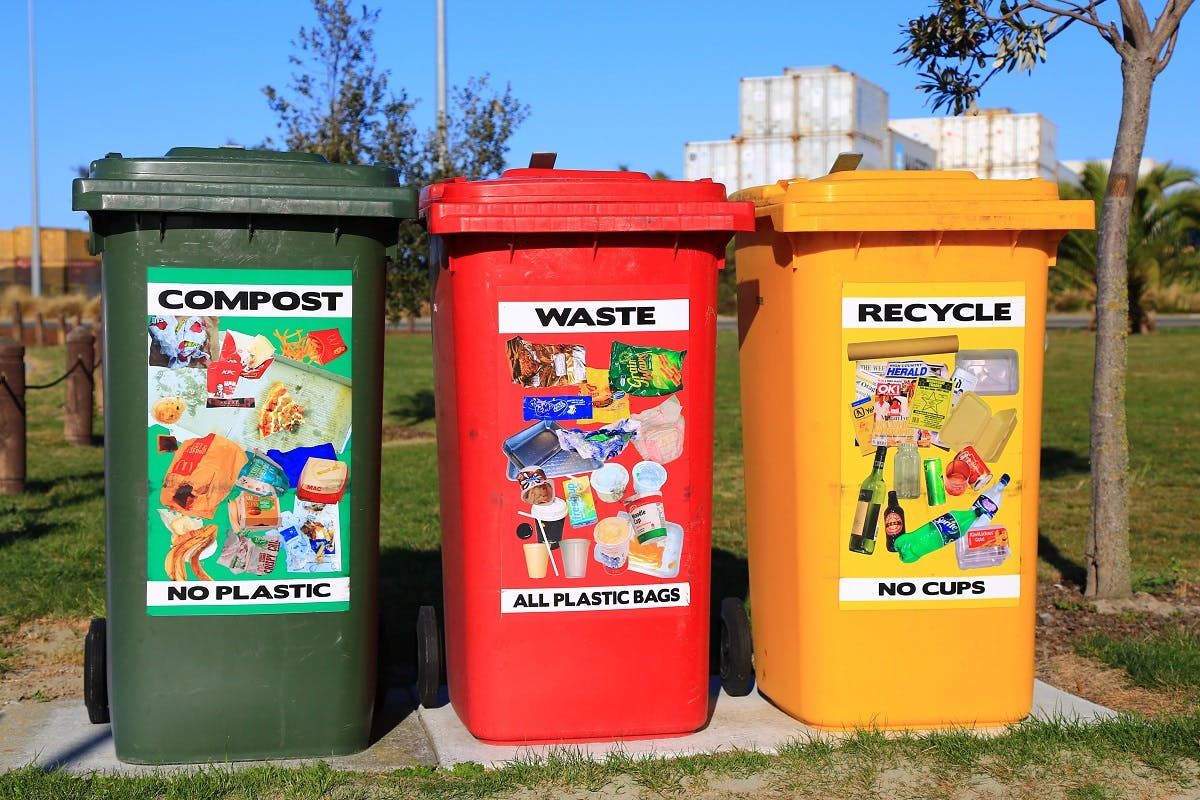

Take action now
Do you want to have a direct impact on climate change? Sir David Attenborough said the best thing we can do is to rewild the planet. So we run reforestation and rewilding programs across the globe to restore wild ecosystems and capture carbon.
Get involvedAluminium
This represents packaging made from recyclable aluminium that can be recycled again. Recycling steel and aluminium saves up to 95% of the energy required to produce metals from raw material.
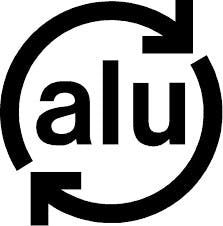
Paper, card, and wood.
This is a Forest Stewardship Council logo which represents wood-based products that come from well-managed forests. It is an independent certification in accordance with the rules of the FSC. Recycling one ton of paper not only saves 17 trees but also 7,000 gallons of water, 380 gallons of oil, 3.3 cubic yards of landfill space, 4,000 kilowatts of energy AND reduces greenhouse gas emissions by one metric ton of carbon equivalent.
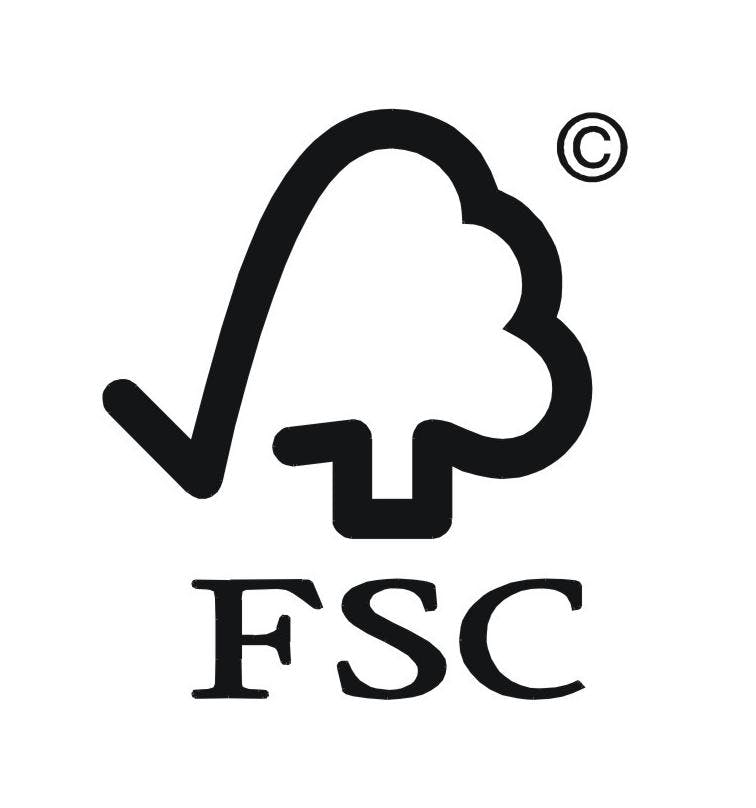
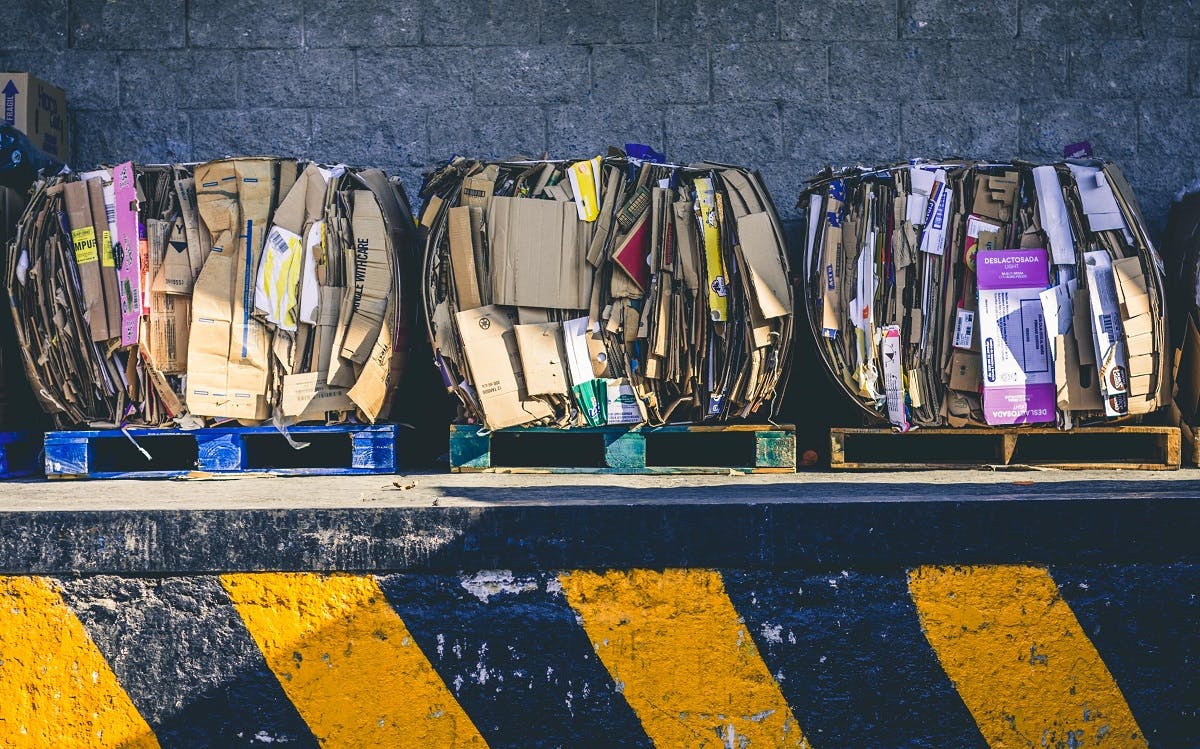
Plastic Resin Codes
Not to be mistaken for the Mobius Loop, these codes indicate the type of plastic the item is made from and are not a reference to whether it is recyclable. Local authorities tend not to ask you to recycle plastic by resin codes. However, if you have a doubt, check with your local authority to see if your plastic waste is eligible for kerbside collection or if there is a recycling centre that will recycle it. Resin code 6 is often publicised as not being recyclable, although organisations such as Terracycle in the UK do accept this type of plastic through certain programmes as well as many other specific items.
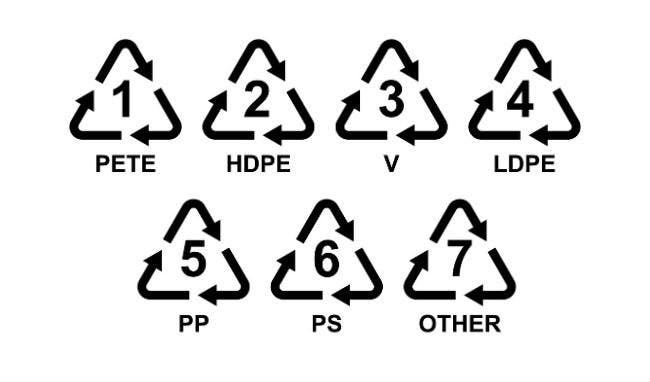
Compostable
A symbol by European Bioplastics which certifies that a product is industrially compostable in accordance with the European Standard EN 13432.
Don’t place items with this symbol in with regular recycling as it breaks down and can contaminate recyclable plastics. Instead place the item with garden waste.
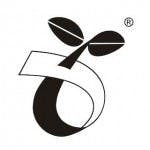
Electrical Waste
This means do not dispose of electrical items in your general waste. There are various organisations and channels that will recycle electrical waste. The best point of contact is your local authority.
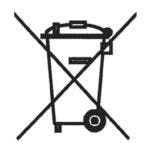
Widely Recycled
In attempt to simplify the recycling process at home, the UK announced in January 2020 it will adopt new labelling rules using words like ‘Recycle’ or ‘Don’t Recycle’ on products. Until then you will see the following on-pack recycling labels to indicate what items are collected by the local authorities for recycling. These labels will also tell you if an item is not collected but instead, you can take to your local recycling centre.
Bear in mind if an item of packaging doesn’t have a recycling label, it doesn’t mean you can’t recycle it.
Look out for this label as it signifies that 75% or more of local authorities will collect this packaging. Examples include plastic bottles and cardboard.
Do your bit by rinsing items with this symbol and avoid contaminating other materials that could attract vermin in recycling centres. Save on water by giving empty containers a rinse in your used washing up water then leave them to dry.
Two more helpful parts you can play before your recycling goes off to be processed is keeping lids on so they don’t get stuck in machinery and flatting items like plastic bottles that will make transporting it more efficient with less air.
In addition to the Widely Recycled on-pack labels, you can find a Check Locally symbol for packaging that is collected by 20-75% of local authorities so you’ll have to dig a bit deeper to find out if it’s included in kerbside collections.
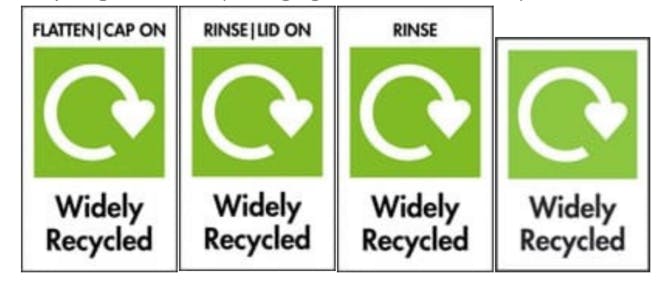
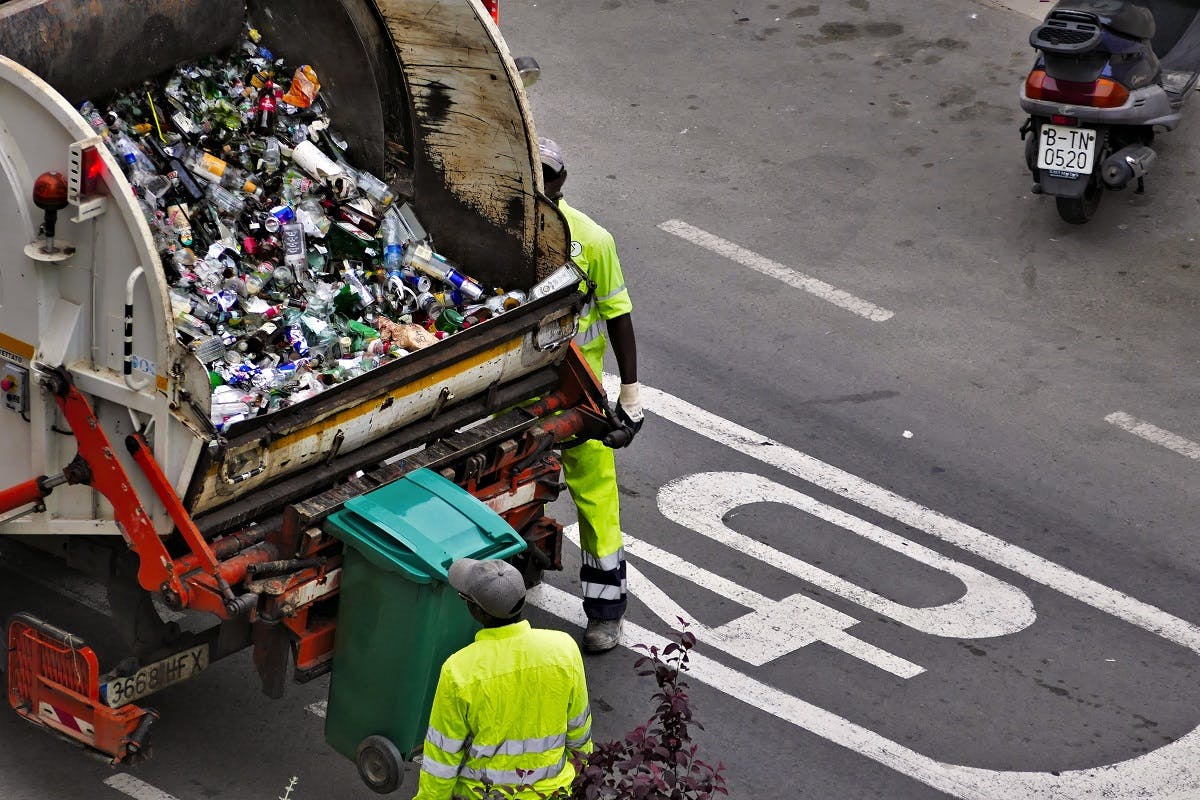
Recycling Misconceptions
Millennials are often branded as the eco-warriors who are trying to turn the tide on waste flowing into the natural world, but contrary to this, they are less likely to recycle than older generations say the BSA. The main reason being confusion over what can and can’t be recycled. To help clear up this confusion the industry has put together a list of the most common misconceptions.
Do recycle
- Kitchen foil and foil trays that are used but clean
- Empty deodorant aerosols and hairspray with the plastic cap
- Empty surface cleaner bottles with the spray pump
- Metal lids
- Empty bleach bottles
- Aluminium tubes for example tomato puree (without the plastic cap)
- Envelopes with plastic film windows
Don’t recycle
- Hand pump dispenser tops or shampoo bottles and food containers that haven’t been rinsed
- Kitchen roll, tissues or tissue boxes where the plastic insert hasn’t been removed
- Non-paper gift wrap
- Coffee cups
- Plastic bags (only at specified recycling points)
- Glass cookware, window glass, wine glasses or mirrors
- Soiled takeaway containers
- Soft plastic/laminated foil packaging like pet food and baby food pouches
- Photographic paper
- Nail varnish bottle
- Plastic toys
- Cutlery or Pots and pans

Questionable Items
Milk cartons: These containers are a classic case where most of us correctly identified them as recyclable but incorrectly place them in the wrong recycling bin. Although they are made of paper, they also have a layer of polyethylene plastic and should therefore go in with plastics.
Batteries: Any household battery can be recycled as well as ‘button’ batteries from watches. Laptops, mobile phone, power tools will also have recyclable batteries. Many manufacturers offer recycling schemes for electronics containing batteries, some of which include collection and part-exchange so do some research into good service providers before buying.
Mobile phones: Once your mobile phone is out of favour, get it recycled as they contain some valuable materials worth removing. Around 80% of a phone can be recycled through many different channels such as Freecycle. Don’t forget to clear personal data beforehand.
Clothing: Clothing can be recycled, reused or repurposed. This includes textiles such as duvet covers, blankets, and curtains.
Oil: If you want to avoid blockages, do not pour cooking oil down the sink. Instead, dispose of it with food scraps in compositing or in a sealed container in general waste.
Make sure car oil never goes down the drain, used oil from one oil change can contaminate one million gallons of fresh water! Not only will recycling oil avoid this disastrous nightmare but it saves drawing on crude oil reserves so take your used oil to recycling centres or garages.
Household Hazardous Waste: Most households will have various products that contain toxic, corrosive, ignitable, or reactive ingredients that need to be handled properly after use. For all your paints, cleaners, oils, batteries, and pesticides, check the labels for guidance on storage and disposal. There should be a locally designated collection point for these but contact local authorities if unsure.
Food Waste: Chucking food scraps into general waste means they end up in landfills releasing methane, a potent greenhouse gas. Many local authorities will take food waste in their collections or why not set up your own home composting bin and reap the benefits. To learn more, read up on our home composting and how to reduce food waste guides.
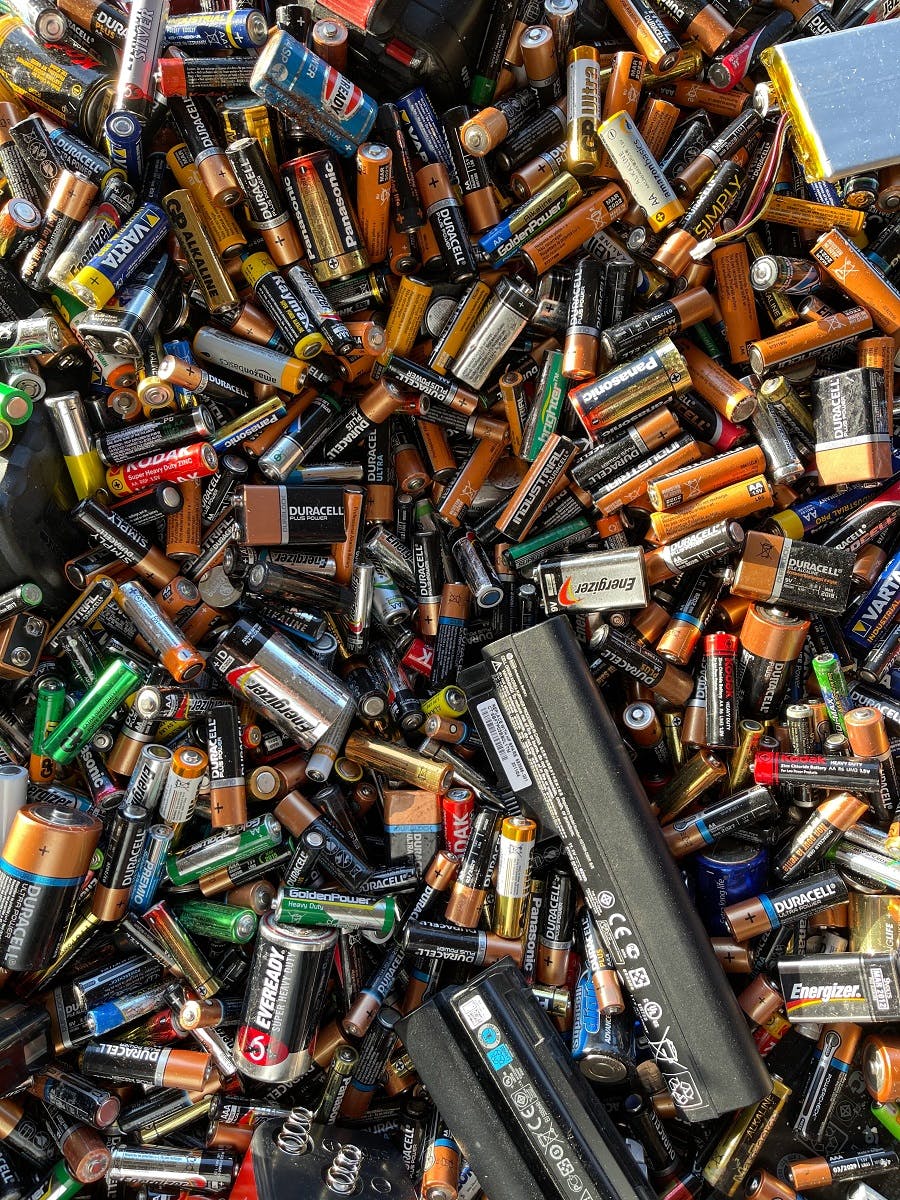
An area causing common confusion among people is recycling symbols and what they mean.
WRAP
Practical tips
Paper and Card
- Remove any plastic film or wrapping from paper packaging.
- Scrunch paper if it doesn’t spring back open then it’s recyclable.
Glass
- Empty and rinse, avoid contaminating other recycling.
- Remove corks from bottles and compost them if you can!
Aluminium
- Scrunching kitchen foil, tub and pot lids and wrappers together into a ball shape helps recycling centres.
- If a wrapper springs back open, it’s plastic not aluminium.
Electrical waste
- Does your electrical good have a plug? Or use a charger? Need a battery? If so, then it’s good to go to the recycling point!
- Remember to look out for the previously mentioned recycling symbol for a stamp of approval before buying.
- Bring your broken electrical goods back to life by repairing them but buy smart in the first place to guarantee longer lifespan. Can you upcycle your laptop or refurbish your smartphone?
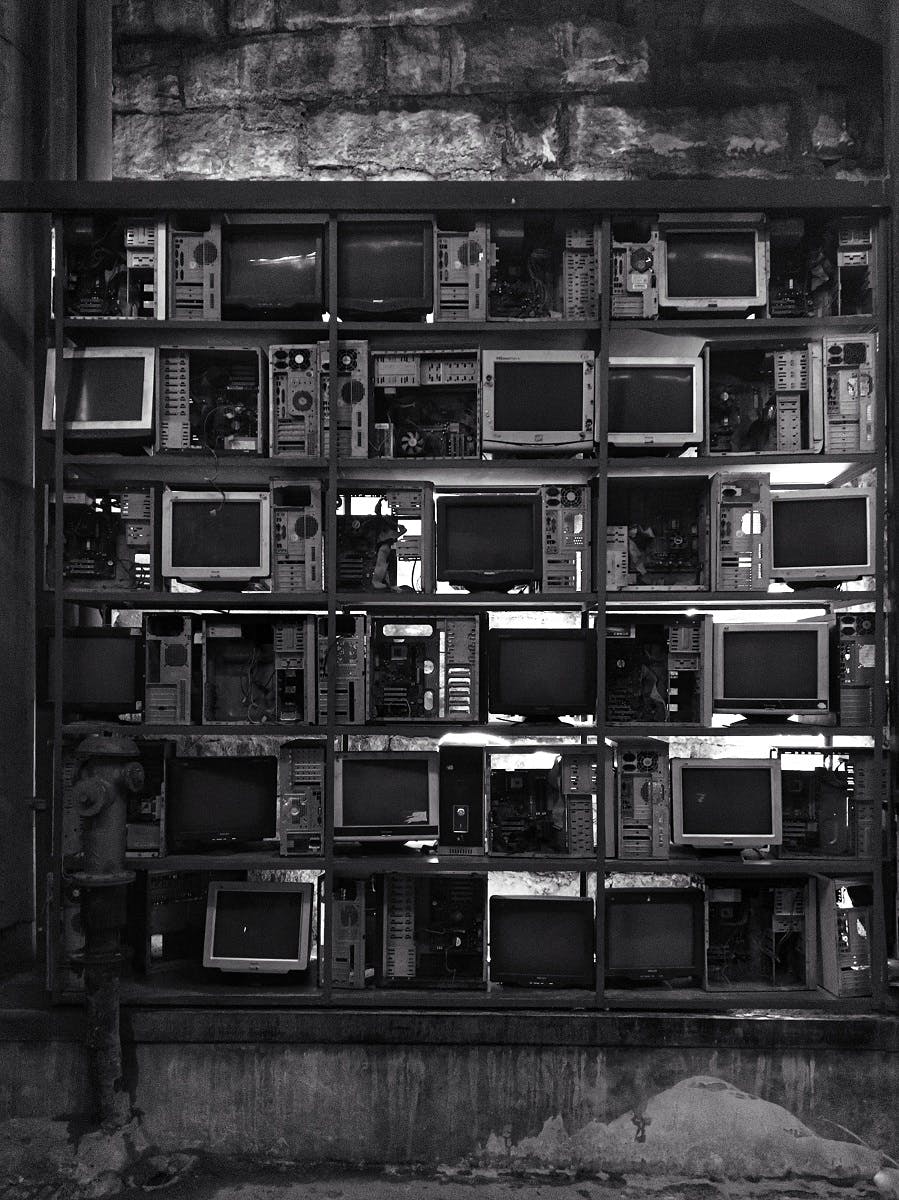
Practical Tips # 2
Batteries
- Use rechargeable batteries or connect products to the mains. Estimations calculate we throw away 600 million batteries a year in the UK.
- Choose products powered by renewable energy such as solar lamps, wind-up radios, or dynamo bicycle lights.
Clothing and Textiles
- Donating clothing and textiles could turn in your rags into someone else’s riches. Choose from the many clothing banks and charity organisations that would find a second life for your clothes.
- Visit https://www.loveyourclothes.org.uk/ for ideas on how to extend the lifecycle of your clothes.
Plastics
- Make unavoidable plastic purchases in bulk to cut down on packaging.
- Empty, rinse, and squash bottles but leave lids and labels on.
- Plastic can only be recycled a certain amount of times and will ultimately pose the same dangerous threat to the environment. Therefore, try your utmost to reduce your consumption of it.
General tips
- Find out about your local waste management system as they vary. Educate those who aren’t using it correctly. If your local system is limited, offer feedback and/or look into community driven ventures which can be more productive.
- Become loyal shoppers at bulk stores that sell packaging free products.
- Stay away from Single Use packaging that’s used for a second but lasts for centuries! Try living plastic free for a month.
- Finally, reduce your consumption in general and aim towards going Zero Waste, an ethos we need to be pursuing to prevent our only home from being completely consumed in our waste.
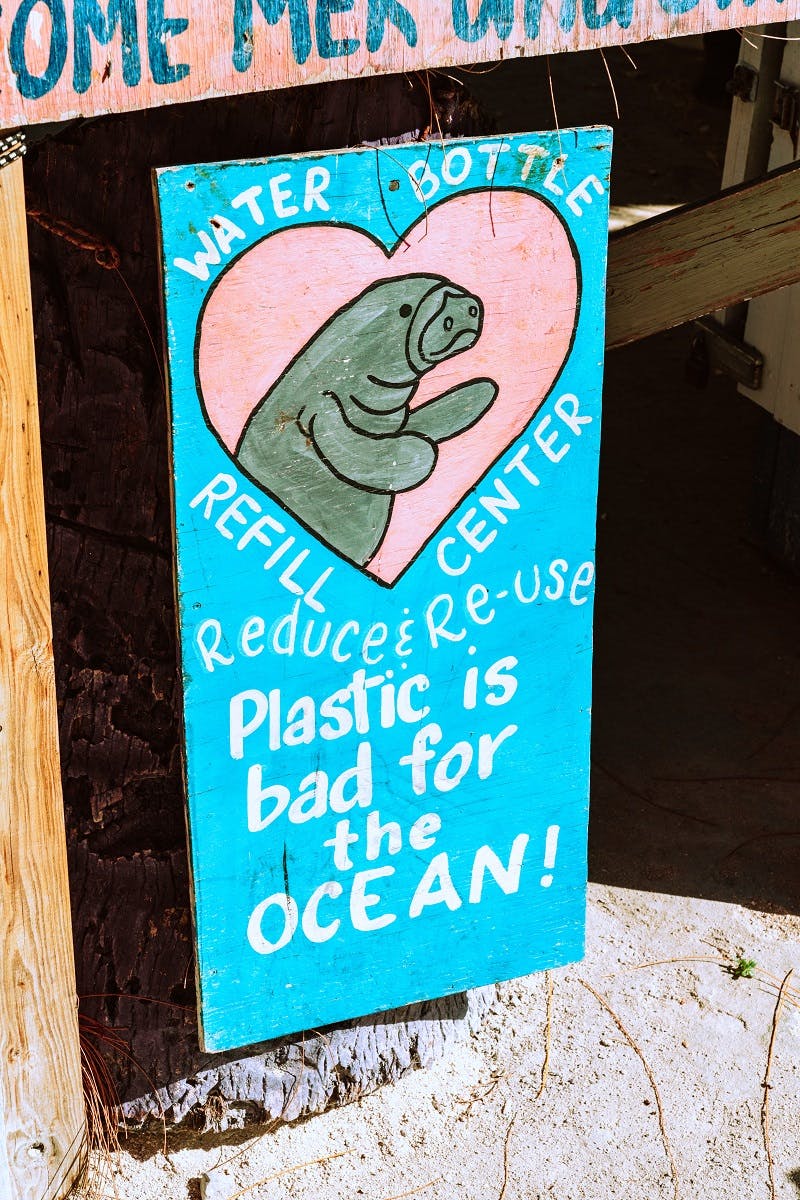
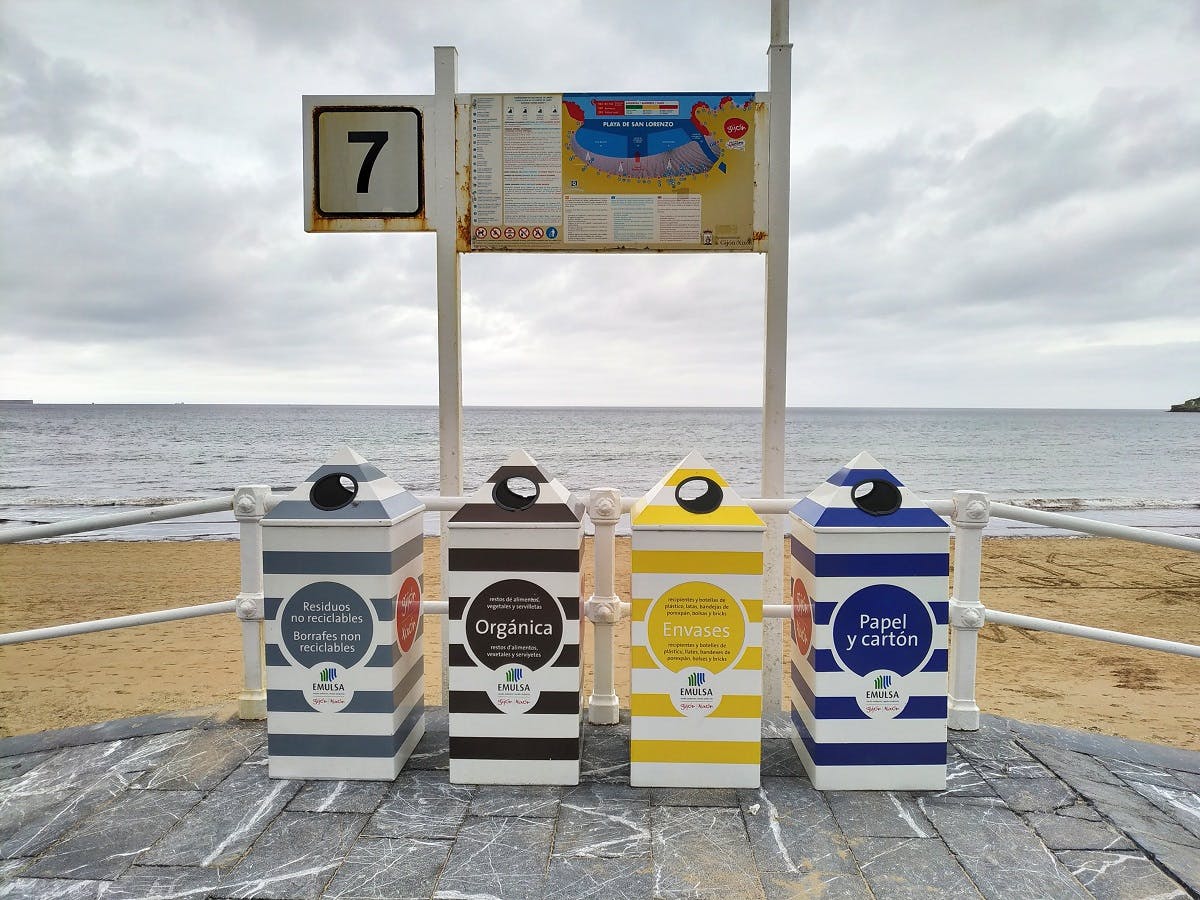
Sources & further reading

- “National Overview: Facts and Figures on Materials, Wastes and Recycling” - EPA
- “UK Statistics on Waste” - Department for Environment Food and Rural Affairs